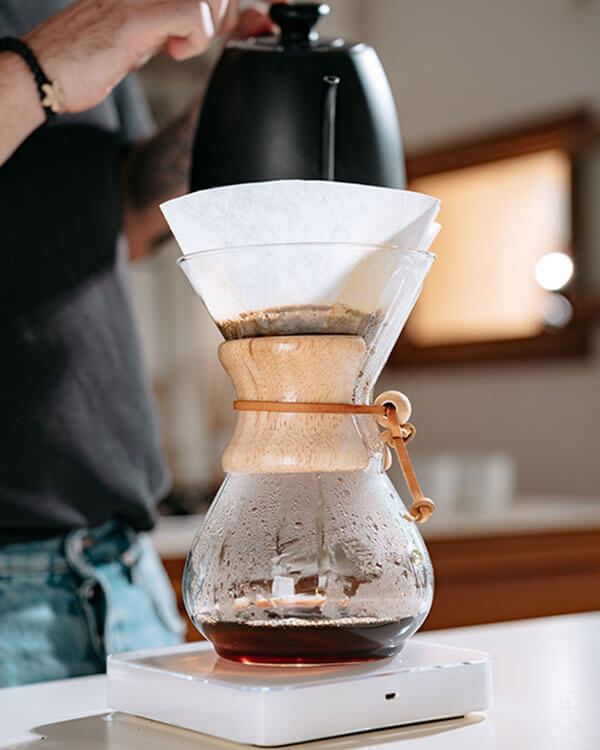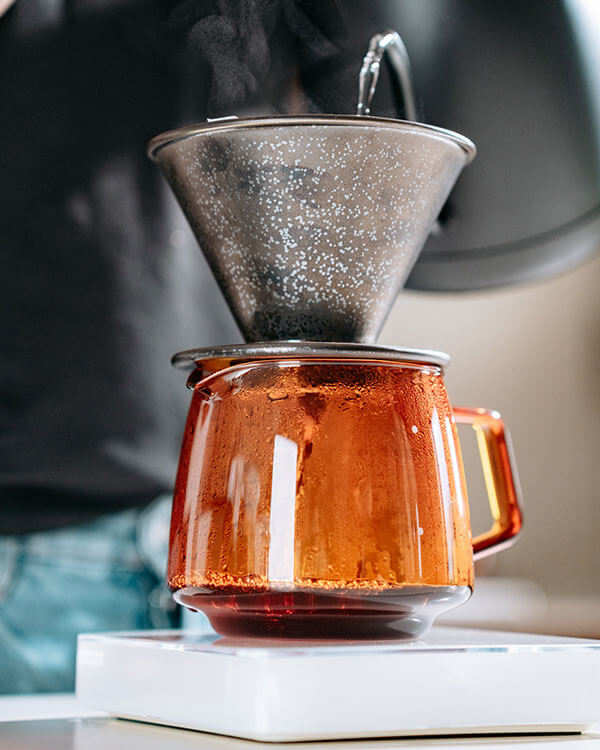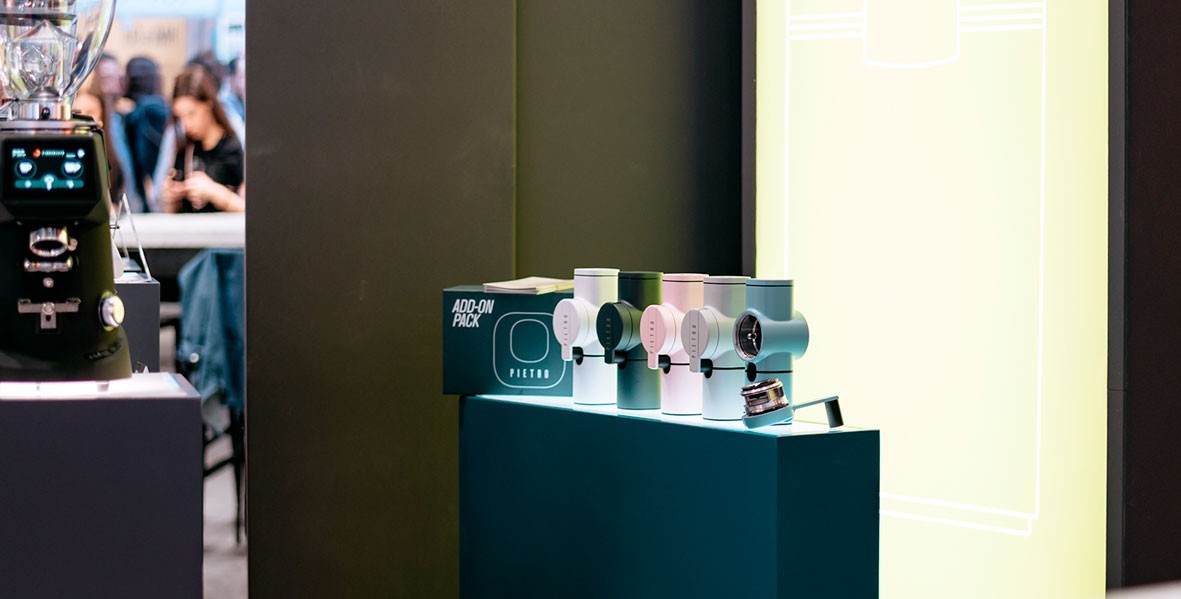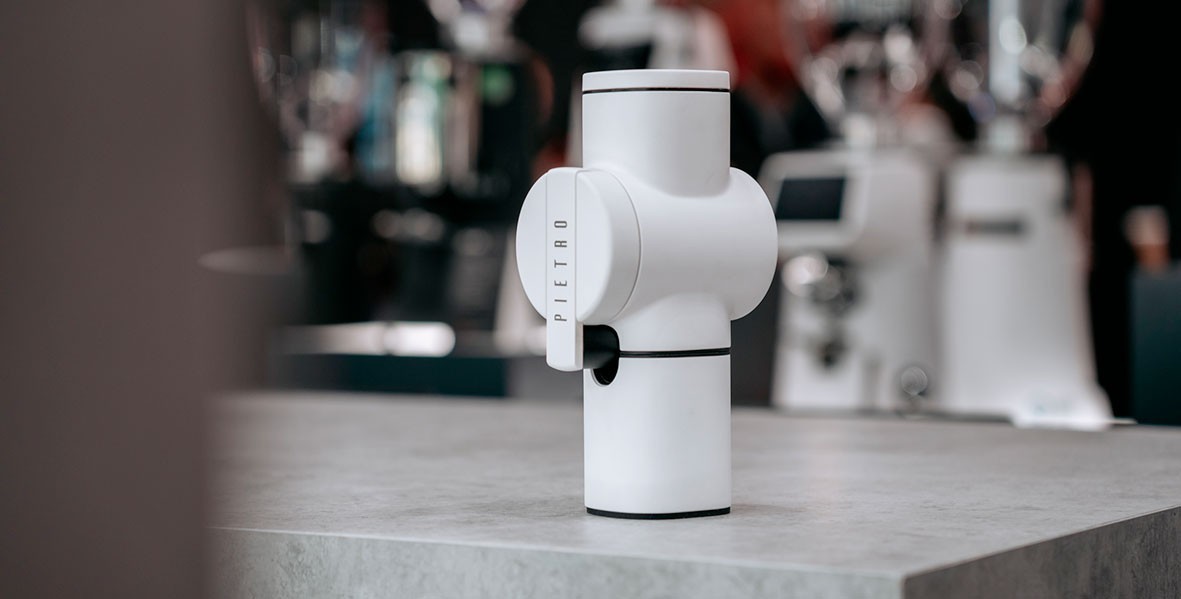Pietro Insights: Discover the ProBrewing Burrs
list In: ProductToday we present Pietro’s ProBrewing burrs, designed for those seeking maximum control and cleanliness in the cup when brewing filter coffee.
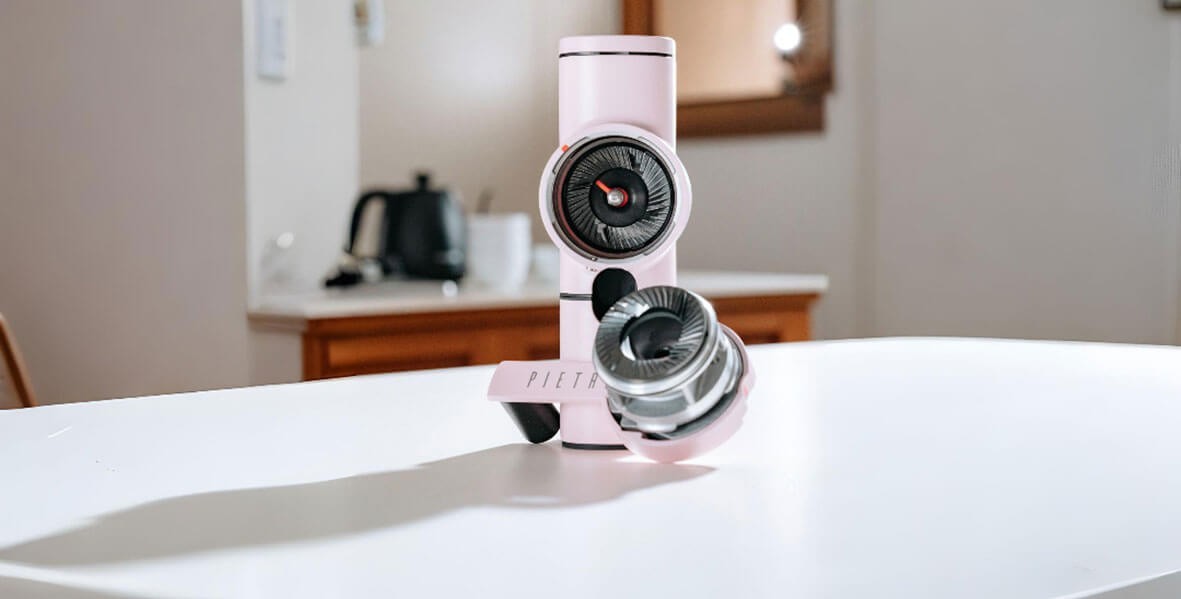
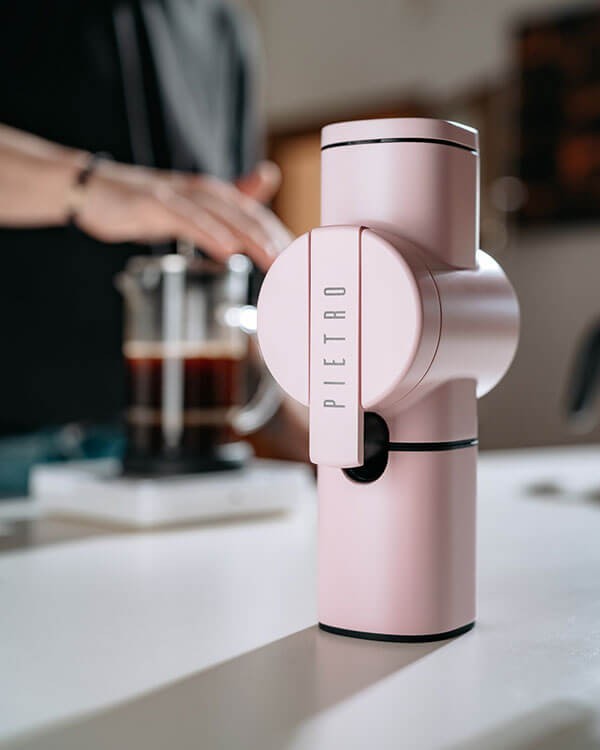
In the world of quality coffee, every element carries weight: roasting, aroma profile, water quality. But when it comes to filter brewing methods like Pourover, Aeropress, or French Press, there’s one technical detail that makes a huge difference: the grind curve.
Today we present Pietro’s ProBrewing burrs, designed for those seeking maximum control and cleanliness in the cup when brewing filter coffee. These burrs are designed to produce a unimodal curve, with a particular focus on reducing fines and ensuring a more even distribution of larger particles, the so-called boulders.
Let’s take a step back: what are fines and boulders?
During grinding, coffee beans are broken down into particles of various sizes. Not all of them behave the same way during extraction.
- Fines: the smallest, almost powdery particles. In espresso, they help create resistance to water and add body to the beverage. However, in filter brewing, an excess of fines can cause localized over-extraction, leading to bitter notes and compromising clarity in the flavor profile.
- Boulders: the larger particles. In filter brewing, a well-calibrated concentration of boulders allows for a steady water flow and greater predictability in extraction, bringing sweetness, complexity, and aromatic clarity to the cup.
Unlike multipurpose burrs, designed to create a bimodal curve (a balance of fines and boulders), the goal of the ProBrewing burrs is to achieve a unimodal curve, with particles concentrated within a single size range.
This more homogeneous distribution of boulders makes it possible to achieve better clarity and aromatic complexity in filter brewing, which we will now examine across three methods: Aeropress, Pourover, and French Press.
AeroPress (3,5–5 PB)
Invented in 2005 by Alan Adler, the AeroPress quickly became an iconic brewing method for filter coffee lovers. It combines immersion and manual pressure to extract coffee in about a minute. The preparation requires a medium grind and ends with a plunger pushing the coffee through a filter, yielding a full-bodied beverage with low bitterness and good intensity.
Its simplicity, combined with the ability to experiment with timing, temperatures, and recipes, makes the AeroPress an extremely flexible tool, ideal for those who want quality without sacrificing convenience.
Drip Coffee & Pourover (5–8 PB)
Percolation methods like the V60 and Chemex represent the modern evolution of an ancient filter tradition. In these preparations, hot water (90-95°C) is poured in a controlled manner over coarsely ground coffee placed in a paper filter. The slow, steady percolation produces a clean, elegant cup rich in aromatic nuances.
The body is light, similar to tea, but able to highlight the fruity, floral, and complex notes of specialty coffees in a remarkable way. Precision, cleanliness, and attention to raw materials are essential for success.
French Press (8–9.9 PB)
A timeless brewing method, the French Press combines practicality with aromatic intensity. Despite its French name, its origins are debated between France and Italy, with a patent dating back to 1929. The process is simple: coarsely ground coffee is steeped in hot water (90–96°C) for 2-4 minutes, then the plunger is gently pressed down to separate the grounds.
The result is a full-bodied, dense coffee with a round texture and a rich, lingering aroma perfect for those who enjoy a flavorful cup without giving up ease of preparation.
Pietro’s ProBrewing burrs are designed for coffee enthusiasts who value precision, cleanliness, and clarity in their filter extractions. And you? Which filter method do you prefer?
